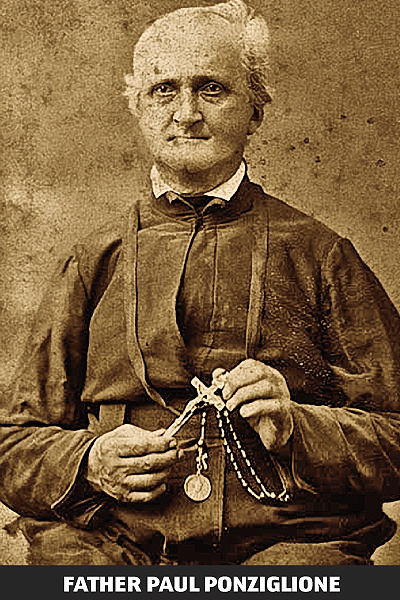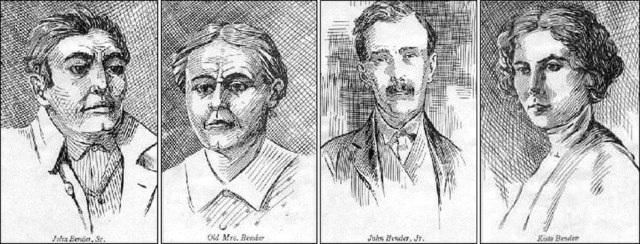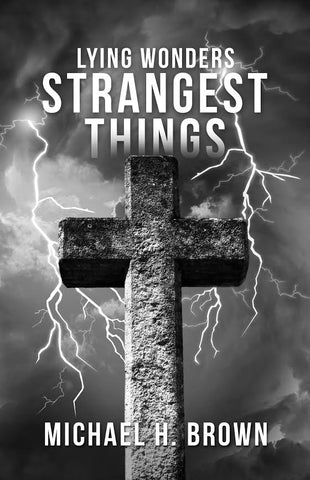The current “special report” is about the paranormal aspect behind certain criminals, especially serial killers.
Not a pleasant topic — but exposing evil, at any level, can have the effect (like turning a light on cockroaches) of chasing it away (as long as it does not become an obsession).
Or at least: beneficial when it leads to prayer (for both victims and, hard though it can be, criminals).
Going back into history, among the very most daunting, mysterious, and nefarious criminals were the Benders of Labette County in Kansas.
Immigrants from Germany or the Netherlands (no one is quite sure which), the Benders built a cabin that was then partitioned with canvas from a covered wagon (this just after the Civil War) so that there were two rooms: one a living quarters, and the other a combination inn and general store, where dry goods could be purchased by those passing on the Great Osage Trail (now known as the Santa Fe) on the way to the promised West.
Travelers could also opt for a meal there or an overnight stay.
None of the above, it turns out, was highly recommended.
For strange as it sounds, the cabin was designed for robbery and thrill-seeking homicide, perhaps mixed with an unspoken (and unspeakable) occult ritual.
Part of a small spiritualist community, the mother, known as Almira or Elvira (or simply “Ma”), was said to hold séances, and if that went unproven, it was clear that daughter Kate, in her early twenties, had a mystical streak, advertising herself on posters as able to heal the mute, cure the blind, and resolve seizures. A real altruist!
In a couple years, a dozen and perhaps more than twenty met their ends at the inn.
Most bizarre was how. If someone was having dinner with them, the standard protocol was for Kate or her mother to seat a stranger against that canvas partition, behind which stood John or John Junior (or both)—with upraised hammers. As soon as a visitor’s head was close enough to the canvas, or even leaning into it, one of the Bender men would crush the visitor’s skull with either a sledge, claw, or shoe hammer (all of which were later found in the house), usually on the right side of the skull, indicating that they reached around the corner of the curtain to deliver most blows. As mentioned, not pleasant.
By light of a lantern, and perhaps after those rituals, bodies were buried in shallow graves under the family’s orchard.
When the community began to notice that too many were disappearing from the Great Osage Trail, a public meeting was organized; townsfolk decided to search every cabin in the county. But that night, as it turns out, a peculiar storm swept in, postponing the investigation for several days.
And when the weather cleared, the Benders . . . were gone; how or where, no one could say.

One of the Benders was apprehended on Halloween, October 31, 1889
But evidence was lacking, and the women were eventually set free.
No one knows where four of the mysterious relatives ended up.
“Their fate remains one of the great unsolved mysteries of the Old West,” says a historical marker on U.S. 169.
It was one thing for a single person to become homicidal, quite another for an entire family to do that, particularly when, in some cases, robbery did not seem to be the main motive.
Now a lonesome wheat field, those who ventured to the ruins of the house, which soon was reduced to a hole in the earth, were said to be scared off by glowing apparitions, and a moaning, keening sound that issued from the prairie darkness . . .
[adapted from Lying Wonders, Strangest Things]





